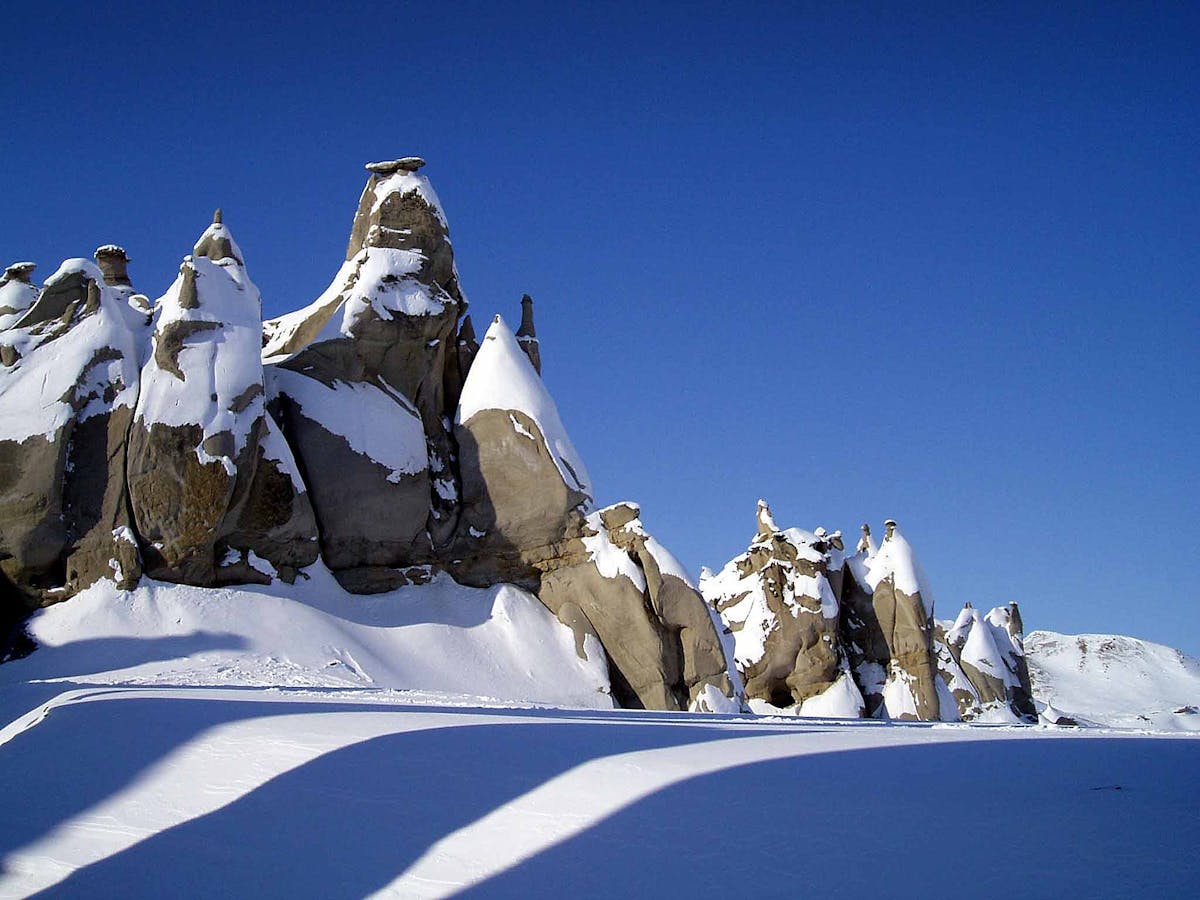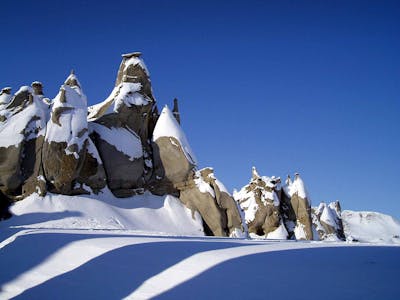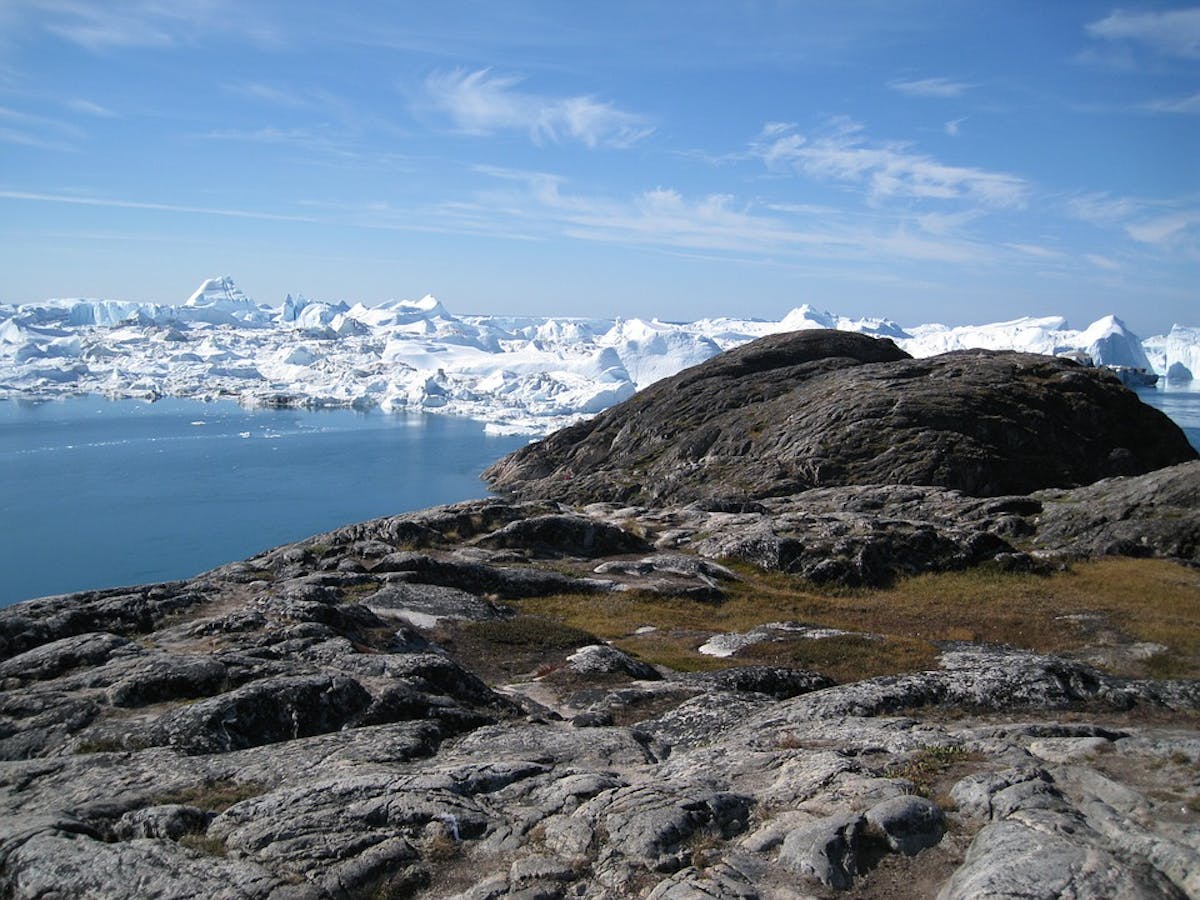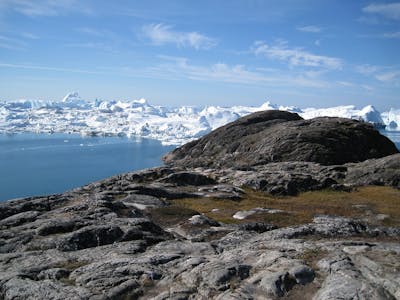Subarctic America
Subarctic America covers most of Canada and Alaska. It is the northern section of the Nearctic realm with four subrealms as defined in the One Earth Bioregions Framework—Greenland, Canadian Tundra, Canadian Boreal Forests, and Alaska—containing nine bioregions in total. Greenland consists of a single bioregion defined by ice with coastal tundra, and the Canadian Tundra is also defined as one large bioregion. The Canadian Boreal Forests subrealm contains four distinct bioregions, including the expansive Canadian Shield Forests. Alaska contains three bioregions, including the Far Northern Pacific Coast, which combines temperate conifer forests and coastal ice fields and is home to grizzly bears, wolves, puffins, salmon, and orca whales.
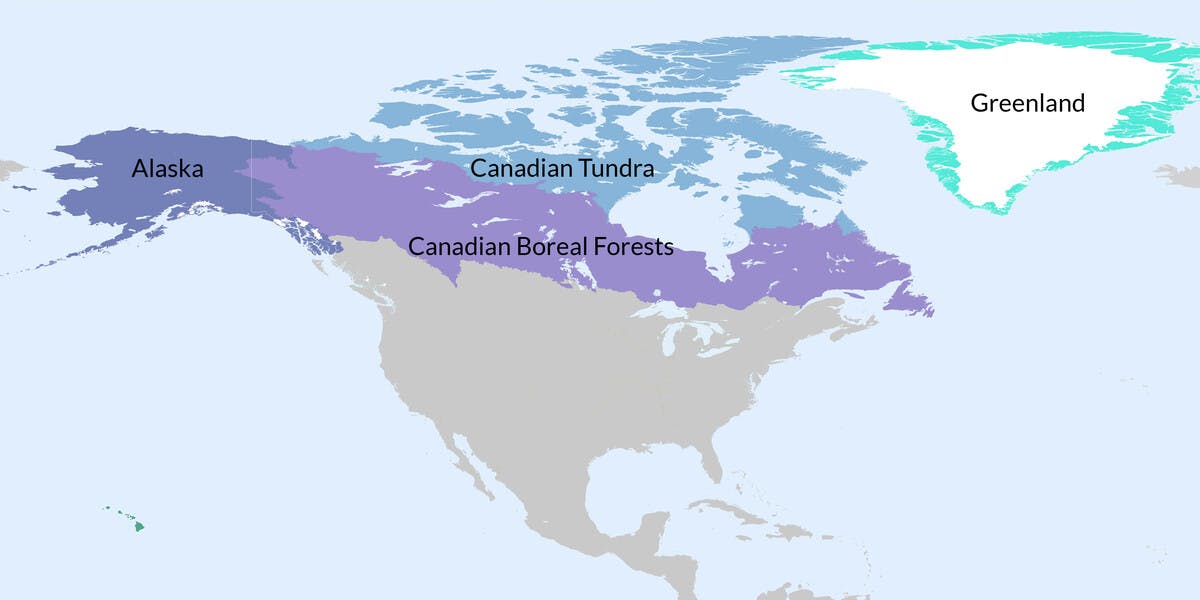
-
-
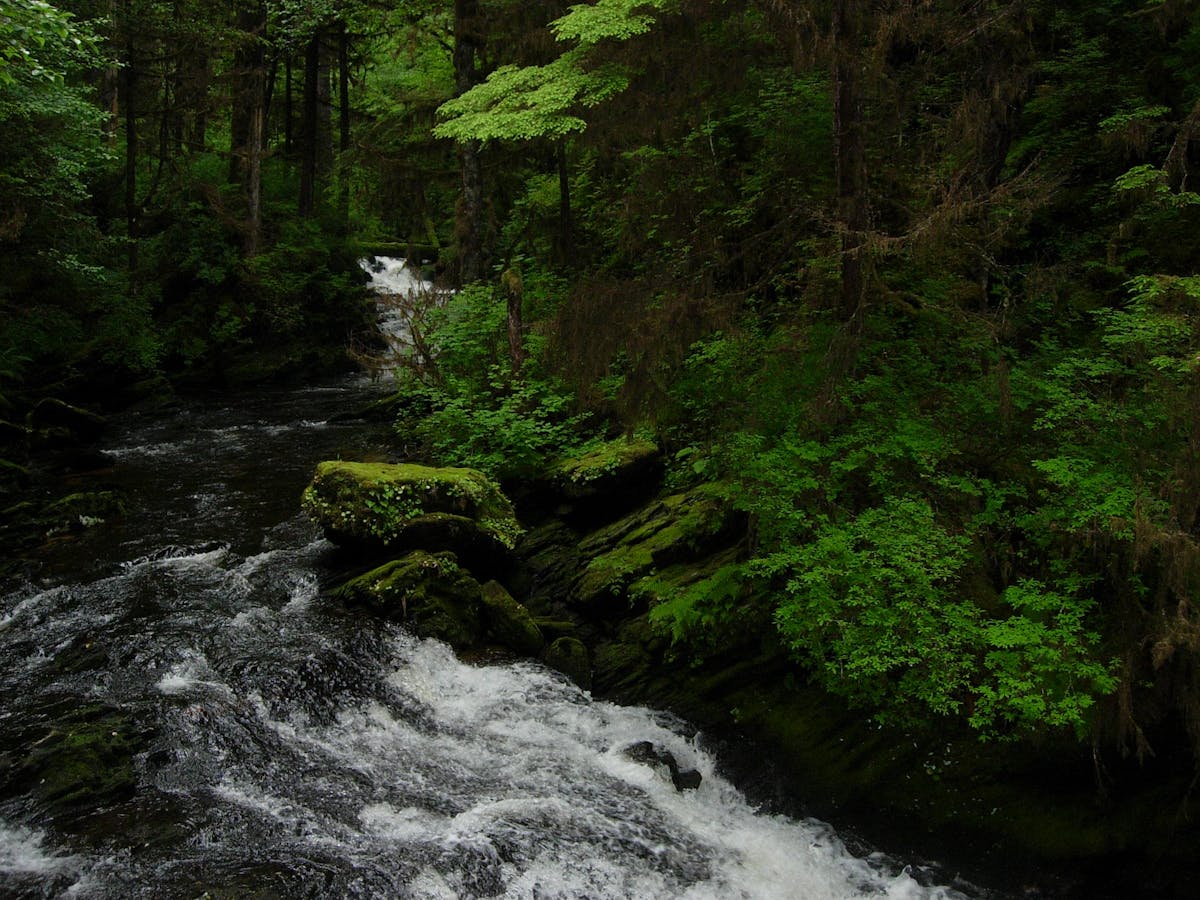
Far Northern Pacific Coast (NA5)
Total Land Area (1000 ha): 17,045 Number of Ecoregions: 2 Protection Target: 74% Protection Level: 6The Far Northern Pacific bioregion, located in the Subarctic America (Nearctic) realm, is defined by the coastal forests of the Gulf of Alaska and adjoining tundra south of the Alaska Range, all the way to the Dixon Entrance off the coast of central British Columbia. It consists of two ecoregions and adjacent marine areas.
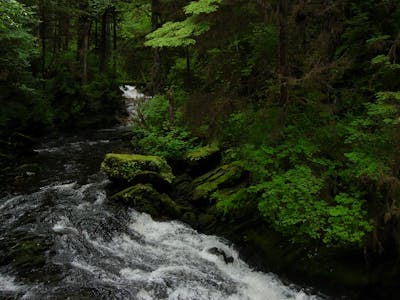
-
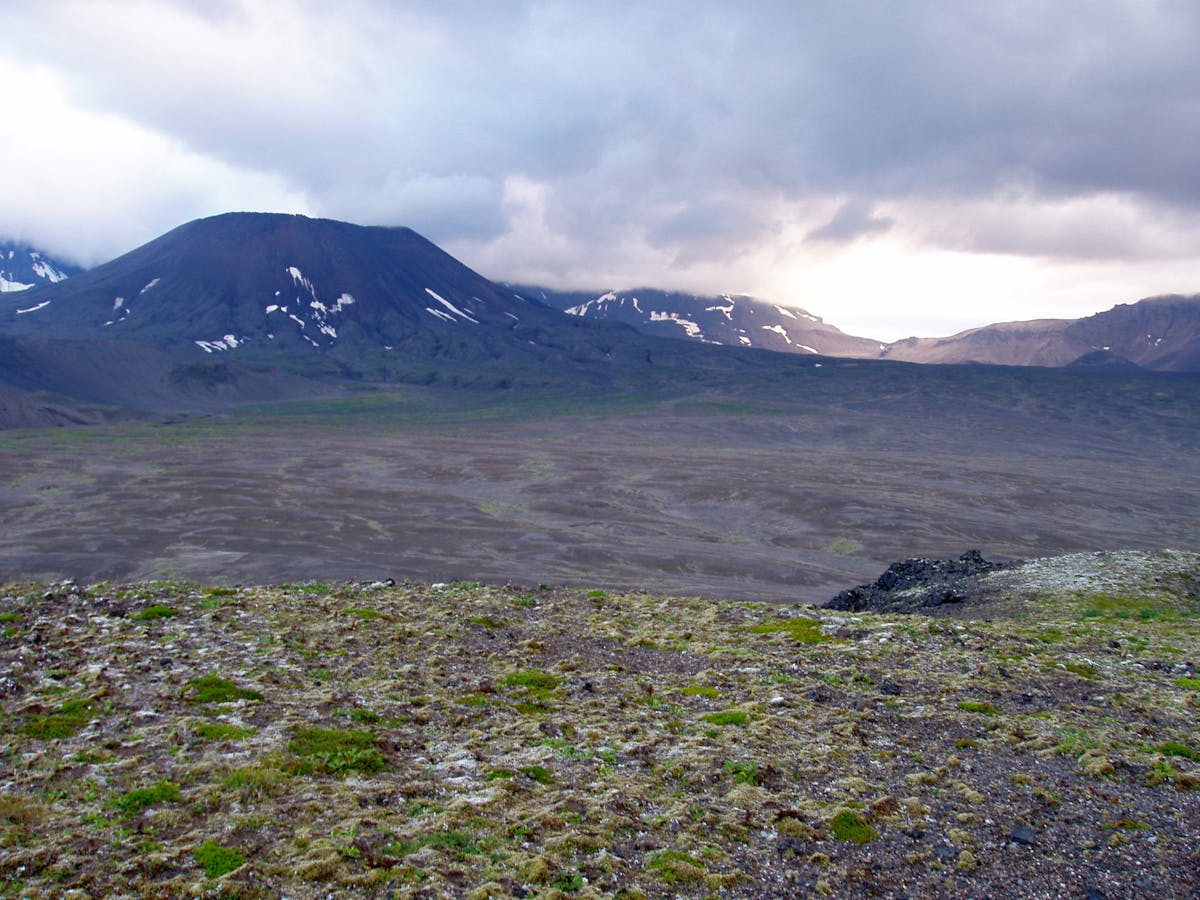
Greater Alaska Taiga & Tundra (NA4)
Total Land Area (1000 ha): 109,888 Number of Ecoregions: 10 Protection Level: 97% Conservation target: 4The Greater Alaska bioregion, located in the Subarctic America (Nearctic) realm, encompasses most of Alaska and is divided in upper and lower halves by the Alaska Range. It contains 10 ecoregions.

-
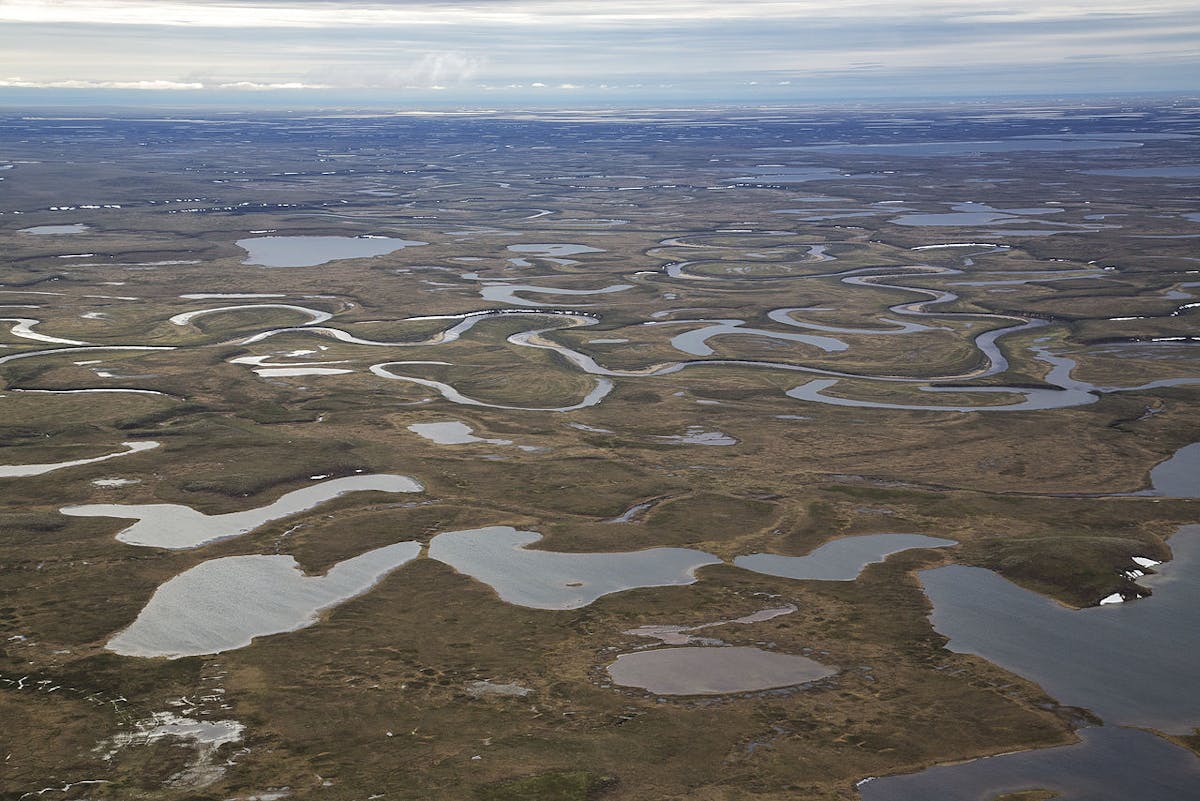
North Alaskan Tundra (NA3)
Total Land Area (1000 ha): 33,930 Number of Ecoregions: 3 Protection Target: 96% Protection Level: 4The northern section of the Alaska subrealm, located in the Subarctic America (Nearctic) realm, is delineated by the Brooks Range. The North Alaskan Tundra bioregion is entirely made up of three tundra ecoregions including the adjacent marine areas of the Beaufort and Chukchi seas. The total land area of this bioregion is 34 million hectares.
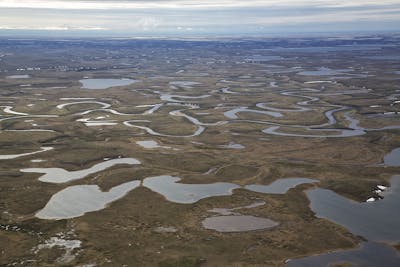
-
-
-
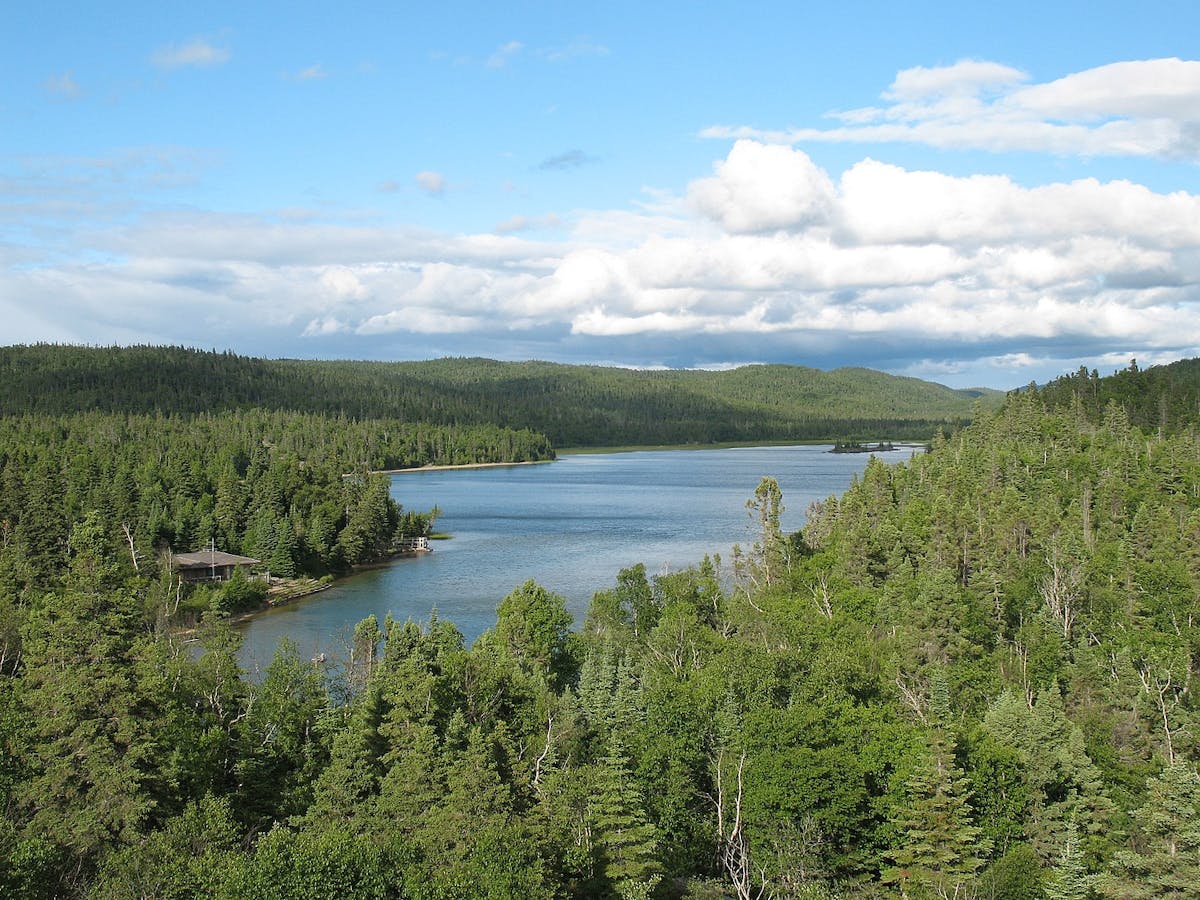
Canadian Shield & Coastal Taiga-Forests (NA9)
Total Land Area (1000 ha): 325,135 Number of Ecoregions: 6 Protection Target: 97% Protection Level: 1The Canadian Shield bioregion, located in the Canadian Boreal subrealm in the Subarctic America (Nearctic) realm, consists of the great boreal forests spanning across North America, from the Northwest Territories to the Atlantic Ocean. It consists of six ecoregions and includes the marine areas of James Bay, Labrador Sea, and the Gulf of St. Lawrence.
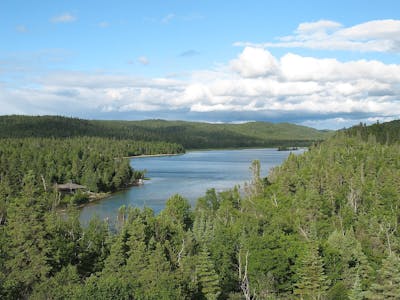
-
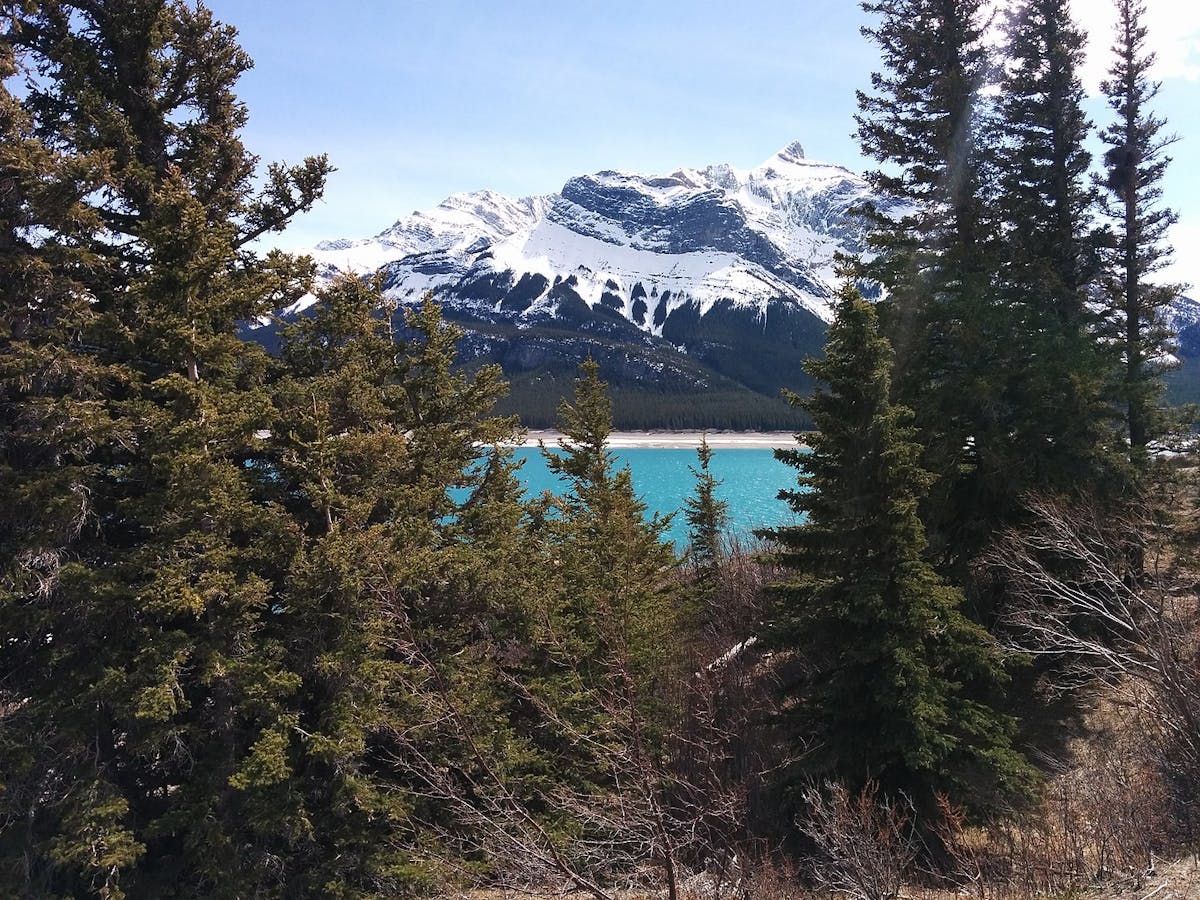
Mid-Canada Boreal Plains & Foothill Forests (NA8)
Total Land Area (1000 ha): 68,982 Number of Ecoregions: 2 Protection Target: 64% Protection Level: 1The Mid-Canada Boreal Plains & Foothill Forests bioregion, part of the Canadian Boreal Forests subrealm located in the Subarctic America realm, consists of two ecoregions—Alberta-British Columbia Foothills Forests and Mid-Canada Boreal Plains Forests—and includes Lake Winnipeg, with one of the largest watersheds in Canada.
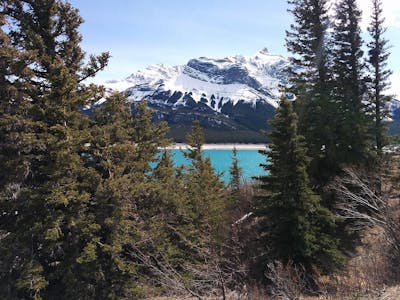
-
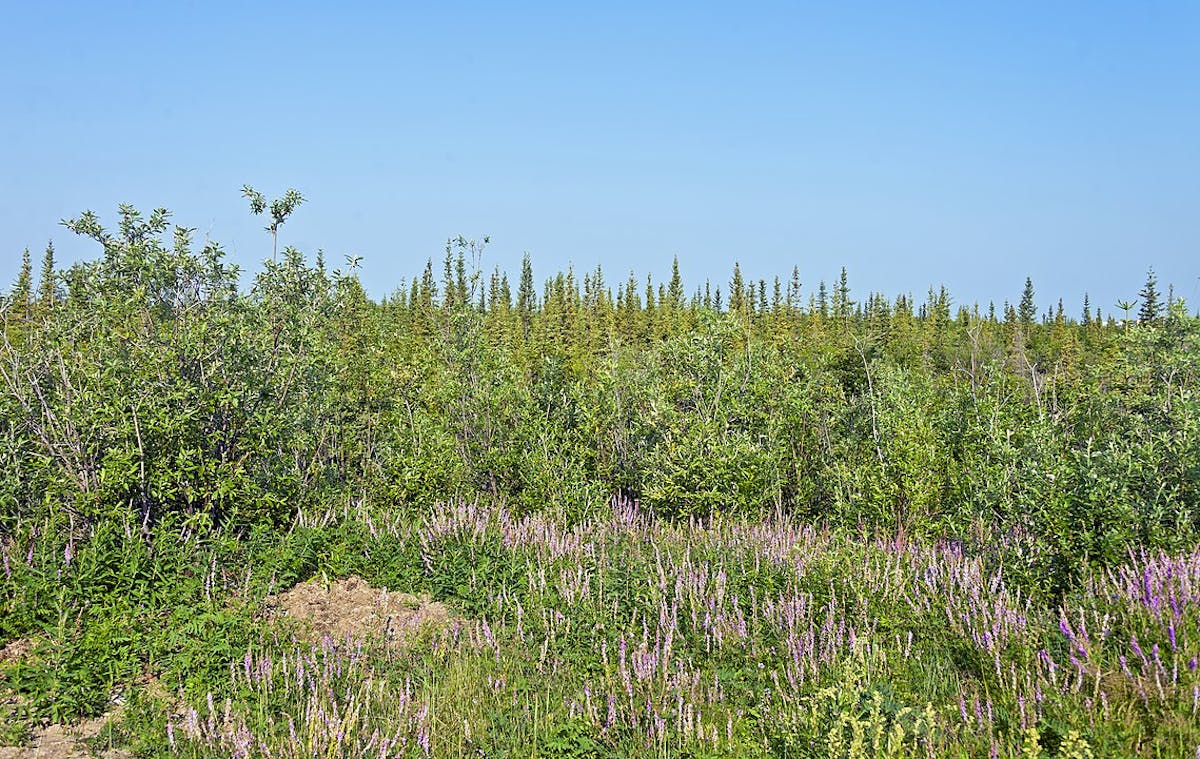
Northwest Canadian Taiga, Lakes, & Wetlands (NA7)
Total Land Area (1000 ha): 63,082 Number of Ecoregions: 2 Protection Target: 93% Protection Level: 1The Northwest Canadian Taiga bioregion, located in the west of the Canadian Boreal subrealm in the Subarctic America (Nearctic) realm, is the region lying between the Greater Yukon to the west and the Canadian Shield to the east, covering roughly half of the Northwest Territories in Canada. It consists of two large ecoregions and includes Great Bear Lake, one of the largest lakes in North America, along with many wetlands.
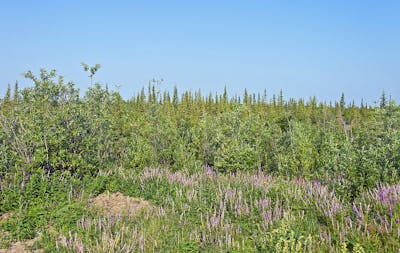
-
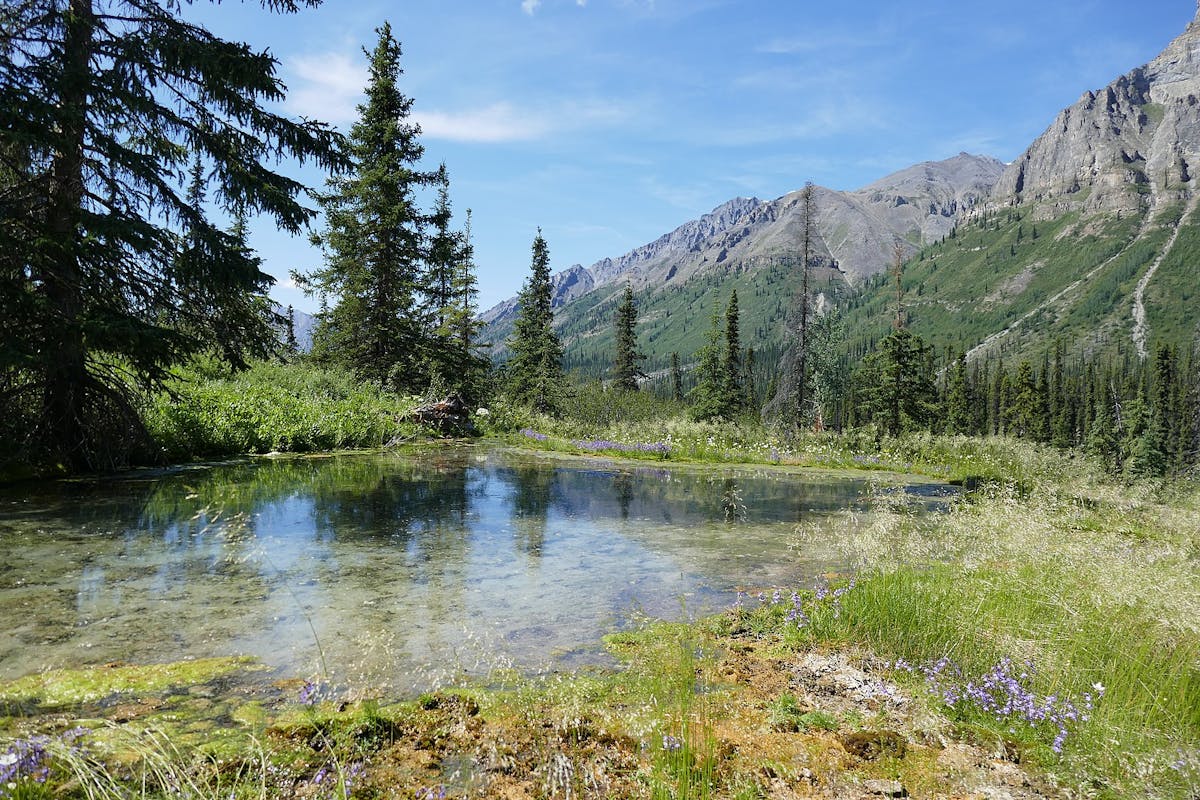
Greater Yukon (NA6)
Total Land Area (1000 ha): 70,883 Number of Ecoregions: 3 Protection Target : 99% Protection Level: 1The Greater Yukon bioregion is located in the Canadian Boreal subrealm in Subarctic America. the region is the source of the Yukon River, which flows west across Alaska and includes three ecoregions.
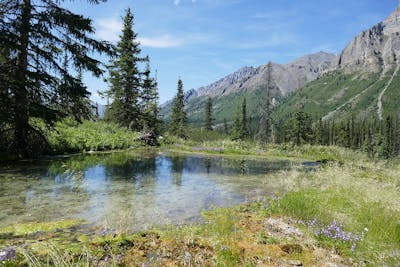
-
